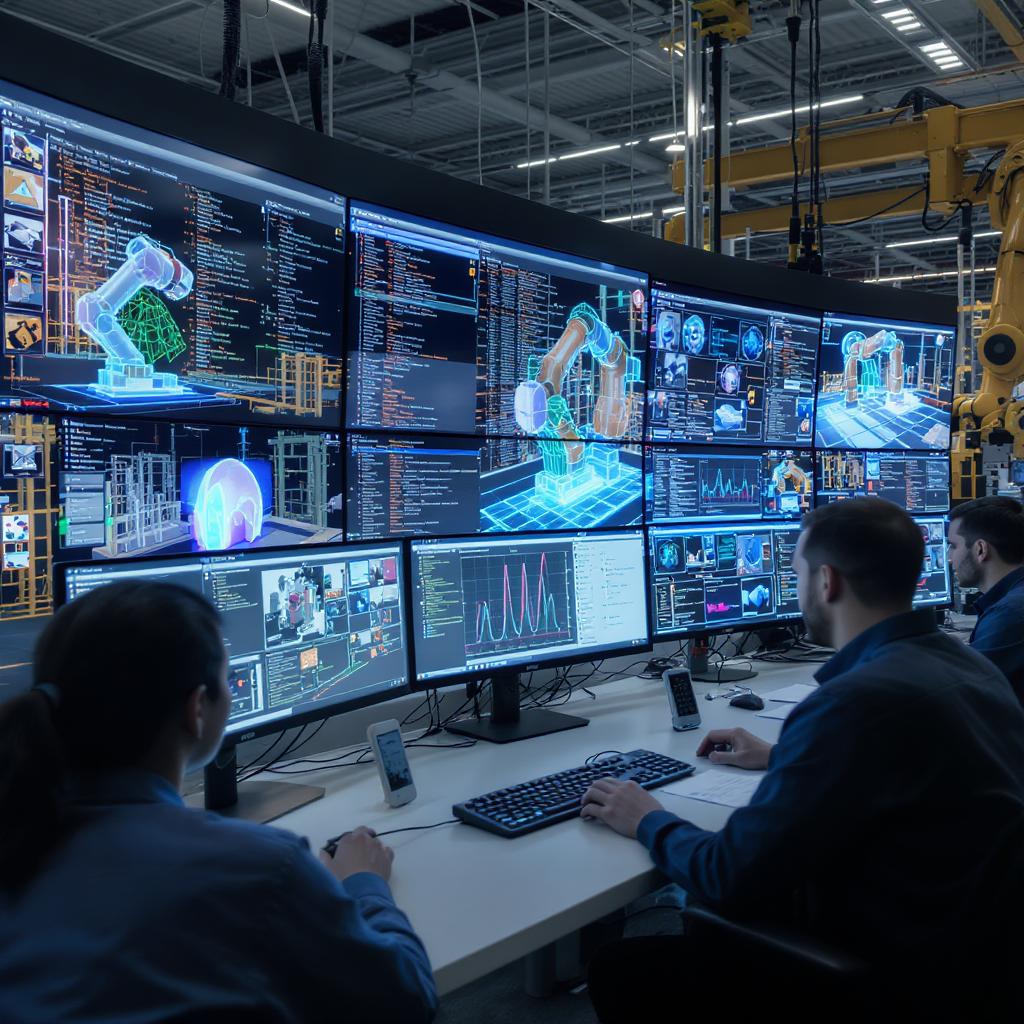
-
28/7/2025
7 Transformative Impacts of Computer Vision on Modern Industries
- Enhancing Healthcare Precision
Computer vision is revolutionizing medical diagnostics by analyzing complex visual data to identify patterns that may be overlooked by human observation. Algorithms and deep learning models sift through medical records, detecting anomalies with remarkable accuracy, thus enhancing patient care and outcomes.
For instance, research at Stanford University led to the development of a computer vision algorithm detecting skin cancer with accuracy on par with dermatologists, while Google's DeepMind worked with Moorfields Eye Hospital to diagnose eye diseases with impressive precision.
- Driving the Future of Transportation
In the automotive sector, computer vision is central to developing autonomous driving systems. It enables vehicles to interpret their surroundings, make informed decisions, and enhance safety. Companies like Tesla and Waymo use computer vision for real-time environmental analysis, improving lane navigation and collision avoidance.
Data supporting these advancements includes a 50% reduction in rear-end collisions for vehicles equipped with automated braking systems, proving the life-saving potential of these technologies.
- Revolutionizing Retail Experiences
Through computer vision, the retail industry is crafting personalized shopping encounters and optimizing inventory management. Facial recognition and behavior analytics drive tailored customer interactions, leading to increased sales and brand loyalty.
According to McKinsey, AI integration in retail augments sales by up to 30%, thanks to enhanced customer personalization and efficient stock control.
- Boosting Supply Chain Efficiency
Computer vision optimizes inventory tracking in supply chains by enabling real-time monitoring of stock levels. This reduces the risks of overstocking or stockouts, ensuring products are always available as needed, thus cutting costs and boosting operational efficiency.
Integrating camera feeds with smart systems allows for automated restocking and accurate inventory predictions, aligning with streamlined business operations.
- Strengthening Security Systems
Modern surveillance systems utilize computer vision for real-time threat detection and public safety enhancement. Cities leverage this technology to analyze suspicious activities swiftly, alerting authorities to avert potential threats.
Nevertheless, ensuring privacy through ethical AI deployment and adhering to standards like the IEEE Global Initiative helps balance security with personal rights.
- Expanding Agricultural Innovation
In agriculture, computer vision transforms crop management by providing real-time plant health assessments and pest monitoring. These advancements increase yield efficiency and sustainability, supporting the agricultural sector's growth.
Computer vision tools evaluate soil quality and detect diseases early, vital for maintaining healthy and productive harvests.
- Enriching Educational Practices
Education benefits from computer vision through personalized learning experiences tailored to individual student needs. AI-driven systems adapt educational content, making it more accessible and effective for diverse learners.
By analyzing student interactions, these technologies offer insights that help educators optimize teaching methods and outcomes.
As industries embrace computer vision, the potential for innovation and growth is limitless. By maintaining rigorous ethical standards and fostering strategic collaborations, the promise of AI as a catalyst for positive change remains within reach. MPL.AI spearheads this journey, championing the integration of AI into human-centric advancements.
